- the article provides a high-level description of the techniques used
- based on a meshless camera-aligned irradiance cache
- heavily relying on ReSTIR for many of the techniques
- animations help to explain the processes involved
- discusses what situations are well suited for the technique as well as what are the limitations
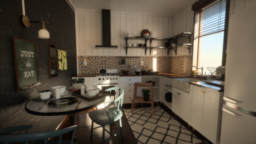
- video showing an overview of some of the papers to be presented at Siggraph 2022
- covering fluid simulation, sound generation, physics, learned locomotion, and much more

- the article presents the first part on how to convert a C++ raytracing kernel to OpenCL
- presents the differences between the language semantics and how to convert C++ code step by step
- it additionally provides a quick start guide to the provided OpenCL template code
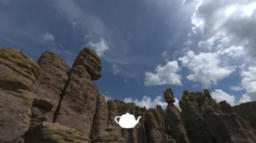
- the Twitter thread discusses a restricted version of specialization constants for D3D12 usage
- presented method is based on patching DXIL and letting the native compiler optimize the instructions when converting to native instructions
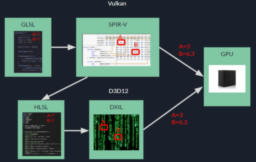
This role is a fantastic opportunity to work on the development of an exciting research project in Virtual Production as part of our Real-Time Research team.
The role involves developing new tools and adapting existing Foundry technology for real-time workflows in Virtual Production and the visual-effects industry.
The project will work closely with clients in film to bring the tools from concept through to market.

- a short article that discusses some ideas to represent frame time in graphs
- showing issues with different methods and suggesting rectangles proportional to frame time taken

- the video tutorial shows the issue when hex-tiling (as discussed in the previous part) is applied to normals
- presents how to resolve the normal map orientation mismatches
- implementation is shown using Unity and Unreal visual shader languages
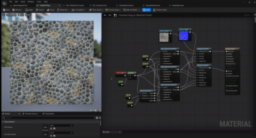
- a beginner level focused article that introduces OpenGL compute shaders
- shows how to fill a texture with a scrolling color gradient
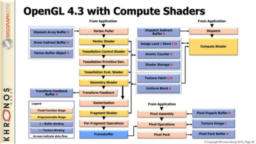
- the video paper summary presents the ReSTIR introductory paper
- presents a comparison between previous techniques as well as the biased and unbiased version of ReSTIR
- it additionally presents how it interacts with upscaling techniques
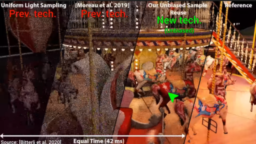
- the video shows how to extend a 2D Koch curve SDF into 3D using shadertoy
- presents a walkthrough of the implementation of 2 different methods
- implementation is done using shadertoy
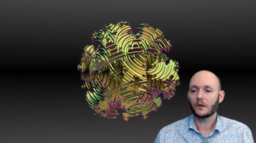
Thanks to Warren Moore for support of this series.
Would you like to see your name here too? Become a Patreon of this series.